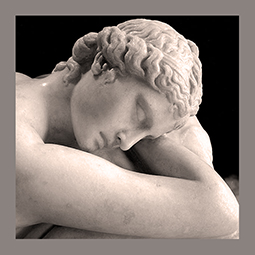Author: M. Cassia
Download article as .pdf: I cuochi a Roma fra tarda Repubblica e alto Impero: una categoria negletta?
 There is an overabundance of scholarly production dedicated to various aspects of dining and conviviality in Rome (dietary regimes, health implications, food procurement and storage, food variety and nutritional values, food preparation, wine and gastronomy, recipes and condiments, sociability of the banquet, ideological, social and sexual conditioning of convivial practices) as well as to the kitchen tableware, the physical spaces of culinary activity and the environments in which food was actually consumed. This paper, on the other hand, is dedicated to the figure of the cook, a subject much less studied, but of great interest for the understanding of multiple aspects, such as the consideration enjoyed by this category of workers among the elites, their juridical status, the times and places in which these “workers” found themselves working, and the judgements and prejudices that characterised their professional profile.
There is an overabundance of scholarly production dedicated to various aspects of dining and conviviality in Rome (dietary regimes, health implications, food procurement and storage, food variety and nutritional values, food preparation, wine and gastronomy, recipes and condiments, sociability of the banquet, ideological, social and sexual conditioning of convivial practices) as well as to the kitchen tableware, the physical spaces of culinary activity and the environments in which food was actually consumed. This paper, on the other hand, is dedicated to the figure of the cook, a subject much less studied, but of great interest for the understanding of multiple aspects, such as the consideration enjoyed by this category of workers among the elites, their juridical status, the times and places in which these “workers” found themselves working, and the judgements and prejudices that characterised their professional profile.


